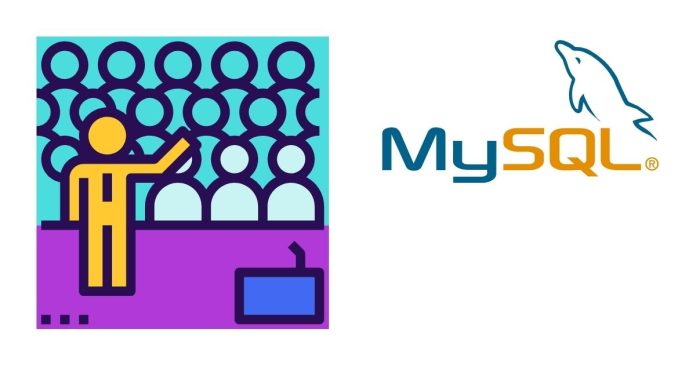When designing a database, following consistent naming conventions is crucial for maintainability, readability, and collaboration. PostgreSQL, as one of the most popular relational database management systems, benefits greatly from a structured and consistent approach to naming. In this blog post, we’ll dive into best practices for PostgreSQL naming conventions to help you create a clean and organized database schema.
Why Naming Conventions Matter
- Clarity: Clear, descriptive names make it easier for developers and analysts to understand the purpose of tables, columns, and other database objects.
- Consistency: A consistent naming scheme ensures that your database remains organized as it grows.
- Collaboration: Teams can work together more efficiently when everyone adheres to the same conventions.
- Tool Compatibility: Many tools and frameworks work better with consistent and predictable naming.
General Guidelines
1. Use Lowercase for All Identifiers
PostgreSQL treats unquoted identifiers as case-insensitive and converts them to lowercase. To avoid confusion and potential errors, always use lowercase for:
- Table names
- Column names
- Index names
- Constraint names
Example:
CREATE TABLE user_accounts (
user_id SERIAL PRIMARY KEY,
username VARCHAR(50) NOT NULL,
email VARCHAR(100) UNIQUE NOT NULL
);
2. Use Snake Case for Multi-Word Identifiers
Snake case (e.g., user_accounts) is a common convention for separating words in identifiers. Avoid camelCase or PascalCase, as they can cause issues when interacting with other tools or systems.
Example:
CREATE TABLE order_items (
order_item_id SERIAL PRIMARY KEY,
order_id INT NOT NULL,
product_id INT NOT NULL,
quantity INT NOT NULL
);
3. Avoid Reserved Keywords
PostgreSQL has a list of reserved keywords (e.g., user, order, select) that should not be used as identifiers. If you must use a reserved word, wrap it in double quotes, but this is generally discouraged.
4. Be Descriptive but Concise
Choose names that are meaningful and convey the purpose of the object, but avoid overly verbose names.
Bad Example:
CREATE TABLE u (
i SERIAL PRIMARY KEY,
n VARCHAR(100)
);
Good Example:
CREATE TABLE users (
user_id SERIAL PRIMARY KEY,
name VARCHAR(100) NOT NULL
);
Specific Naming Conventions
Tables
- Use plural nouns for table names to represent collections of entities.
Example:
CREATE TABLE customers (
customer_id SERIAL PRIMARY KEY,
first_name VARCHAR(50) NOT NULL,
last_name VARCHAR(50) NOT NULL
);
Columns
- Use singular nouns for column names.
- Prefix foreign key columns with the referenced table name.
- Avoid generic names like
idorname.
Example:
CREATE TABLE orders (
order_id SERIAL PRIMARY KEY,
customer_id INT NOT NULL REFERENCES customers(customer_id),
order_date DATE NOT NULL
);
Primary Keys
- Use the pattern
<table_name>_idfor primary key columns.
Example:
CREATE TABLE products (
product_id SERIAL PRIMARY KEY,
name VARCHAR(100) NOT NULL,
price NUMERIC(10, 2) NOT NULL
);
Foreign Keys
- Use the pattern
<referenced_table>_idfor foreign key columns.
Example:
CREATE TABLE order_items (
order_item_id SERIAL PRIMARY KEY,
order_id INT NOT NULL REFERENCES orders(order_id),
product_id INT NOT NULL REFERENCES products(product_id)
);
Indexes
- Use the pattern
<table_name>_<column_name(s)>_idxfor index names.
Example:
CREATE INDEX customers_last_name_idx ON customers(last_name);
Constraints
- Use the pattern
<table_name>_<column_name>_<type>for constraint names.
Example:
ALTER TABLE products ADD CONSTRAINT products_price_check CHECK (price > 0);
Bonus Tips
1. Use Prefixes for Special Tables
- Prefix tables like temporary tables or audit logs to distinguish their purpose.
Example:
CREATE TABLE tmp_user_uploads (
upload_id SERIAL PRIMARY KEY,
file_path TEXT NOT NULL
);
2. Avoid Abbreviations
While tempting, abbreviations can lead to confusion. Stick to full, descriptive names.
3. Document Your Conventions
Maintain a shared document outlining your team’s PostgreSQL naming conventions to ensure everyone is on the same page.
Adopting consistent PostgreSQL naming conventions can significantly improve the maintainability, readability, and usability of your database. By following the best practices outlined above, you’ll set a strong foundation for your database design and streamline collaboration within your team. Whether you’re starting a new project or refactoring an existing one, these conventions will serve as a guiding framework for clean and effective database management.


